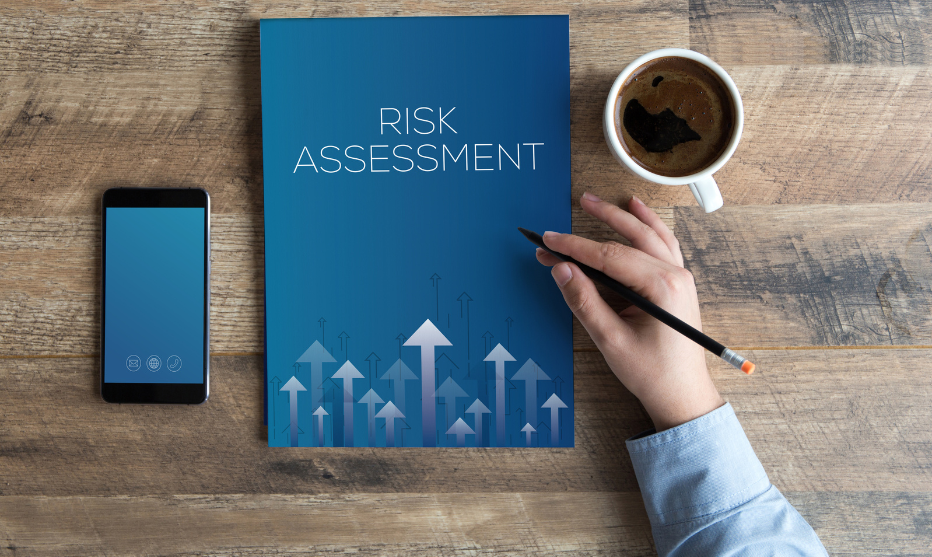
When it comes to marketing positioning, changing the status of prescription-only medicinal products (Rx) to Over-the-Counter (OTC) provides new opportunities. As a result, pharmaceutical companies will have the possibility to market medicinal products directly to the consumer as OTC medicinal products.
Competent authorities rate medicine as the subject or not subject to prescription. Nevertheless, there is a regulated reclassification process which allows Rx to OTC switch.
A number of factors may influence the outcome, such as local policies, characteristics of the population, confidence in regulatory authorities and others. The safety of patients remains the highest priority. The regulators are usually open to OTC switch requests if there is sufficient proof that the active pharmaceutical ingredients meet the requirements for medicinal product safety.
What are the ‘must-haves’ for a successful Rx-OTC switch?
Here are a few criteria you should consider for your medicinal product to be classified as OTC:
1.Ability to self-diagnose the disease
Some diseases have a broad range of common symptoms, making it impossible for patients to self-diagnose. Not only should the consumers be able to identify the appropriate condition, but they also should be informed of the duration of symptoms, their reoccurrence and probable consequences.
2. Safe product profile
It is essential to perform a thorough safety profile assessment to justify the usage of the medicinal product without medical supervision. Even if appropriately and correctly used, any medication can harm patients. That is why pharmaceutical companies must make sure that their product has a low risk of severe adverse reactions, a low toxicity profile, a low risk for resistance development and no interactions with commonly used medications.
Moreover, treatment with the product might hide an underlying condition requiring medical care. It is necessary to provide label warnings and package leaflets to prevent treatment from hiding the development of a serious illness. Such warnings indicate a time limit beyond which a patient should seek medical advice if symptoms persist.
3. No risk for potential misuse
One of the aspects of safety profile assessment is the evaluation of the consequences of misuse. The risk might arise if the product is used for too long or/and not used according to the indication.
Additionally, patients may fail to consider drug interactions or exceed the recommended dose. Misuse of an over-the-counter product could even trigger a reversal of the reclassification process (reclassification back to a prescription medicinal product).
4. Sufficient marketing experience
Sufficient post-marketing surveillance demonstrates the safety profile of your product, particularly if without the exclusion of certain groups of patients. Further investigation is considered if the product is:
- recently authorized
- limited in usage
- going to be available at a new dose, strength, route of administration, or for the new group of age or a new indication.
One should also consider that if the authorities discover previously unknown medical findings, the OTC switch can be reversed. This risk is especially high with drugs that have limited post-marketing experience.
5. Appropriate pack size and container
One of the possible safeguards against misuse, such as an overdose or a delay in seeking medical attention, is restricting the availability of medicine to small pack sizes. The size should also depend on the intended length of the treatment. Besides, the container itself should effectively protect children against gaining access to medicine.
6. Appropriate maximum dose
Restricting the maximum daily dose is another great way to prevent potential danger, whether the patient uses the product correctly or incorrectly. Nonetheless, it is crucial to confirm that the reduced dose maintains efficacy.
7. Adequate patient information
Patients often underestimate the risks of the treatment with easily available OTC products. Therefore, it is essential to provide a patient with thorough and accurate written information.
A medication Patient Information Leaflet accompanying the product ensures the effective use of medicine and substitutes for the absence of professional supervision. This information should present clearly all the relevant aspects of use, including drug interactions, contraindications, warnings, adverse reactions, and recommendations.
8. The convenience of drug administration
The pharmaceutical form, the way medicine is presented must be easy to administer. For example, a patient usually has no problem when taking tablets, while such routes of administration as parenteral may have additional risks. That is why these products are primarily subject to a medical prescription.
How to increase your chances of an OTC switch?
The successful Rx-OTC switch is the result of a multistep process that requires attention to detail at every stage.
First, the company should analyse the scientific background and situation in the market and particular countries. Even though the regulatory aspects of OTC switch are clearly defined, it is worth remembering that many other aspects affect the outcome. Do not forget to study the local policies, intended market, competitors, availability of similar medicines classified as OTC and intended for the same target indication, and other factors.
The next step is to consider the possible strategies for this switch as well as potential risks and pitfalls.
Afterwards, the applicant should prepare the arguments and documents to ensure a persuasive Rx to OTC switch request and prepare the necessary clinical documentation. At this stage, an experienced team of professionals may be invaluable.
There are specialized service providers, such as Insuvia, which help pharmaceutical companies with clinical assessment, medical writing, regulatory affairs and risk management in compliance with applicable regulations and standards. We participated in dozens of successfully-ended Rx to OTC switches. Therefore, Insuvia could share its expertise and maximize the chances of a positive outcome of the anticipated reclassification process.
If you have any questions don’t hesitate to contact us.




